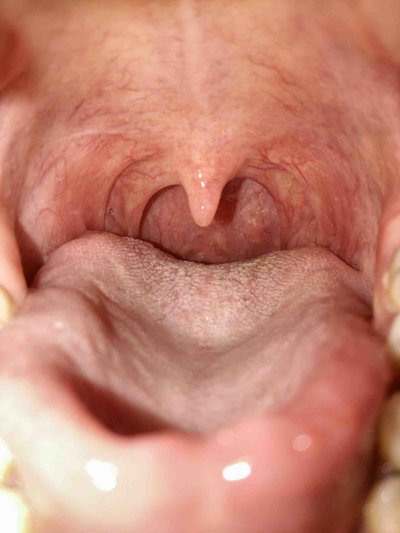What does congenital ptosis symptom have
summary
After the child appeared, he was found to have congenital ptosis. It is said that this kind of disease will really affect the normal life of children in the future. The doctor also suggests that children should be treated at the most appropriate time. Now let's talk about the symptoms of congenital ptosis.
What does congenital ptosis symptom have
First: neurogenic ptosis: This is the result of nerve innervation defect. Common causes: oculomotor nerve paralysis is often combined with other symptoms of third cranial nerve paralysis; ophthalmoplegic migraine is rare, which is characterized by ipsilateral oculomotor nerve paralysis after unilateral migraine; Horner syndrome after sympathetic nerve injury; combined with motor blepharoptosis (Marcus Gunn syndrome).

Second: myogenic blepharoptosis: it is caused by the defect of levator palpebrae superioris muscle, such as congenital dysplasia, myasthenia gravis, muscular atrophy, hypopharyngeal muscular dystrophy and eye trauma, which can cause blepharoptosis. This type of blepharoptosis can be divided into light (1-2mm), medium (3-4mm) and heavy (5-6mm). The function of levator palpebrae superioris muscle can be described as good (> 8mm), good (5-7mm) and bad (4mm or less).

Third: aponeurosis blepharoptosis: it is caused by the functional conduction disorder of levator palpebrae superioris. The aponeurosis of levator palpebrae superioris is weak due to aponeurosis defect or tear. Aponeurosis can also be infiltrated or replaced by adipose tissue. Aponeurosis blepharoptosis may occur after the operation of various types of eyes, which may be caused by postoperative eyelid edema or excessive elongation of the patient's eyes and weak aponeurosis.

matters needing attention
There are many types of ptosis, so the symptoms are naturally different, but if parents know that their children have congenital ptosis, they must take their children to receive treatment in time, so as not to let the children have bad psychology.
















